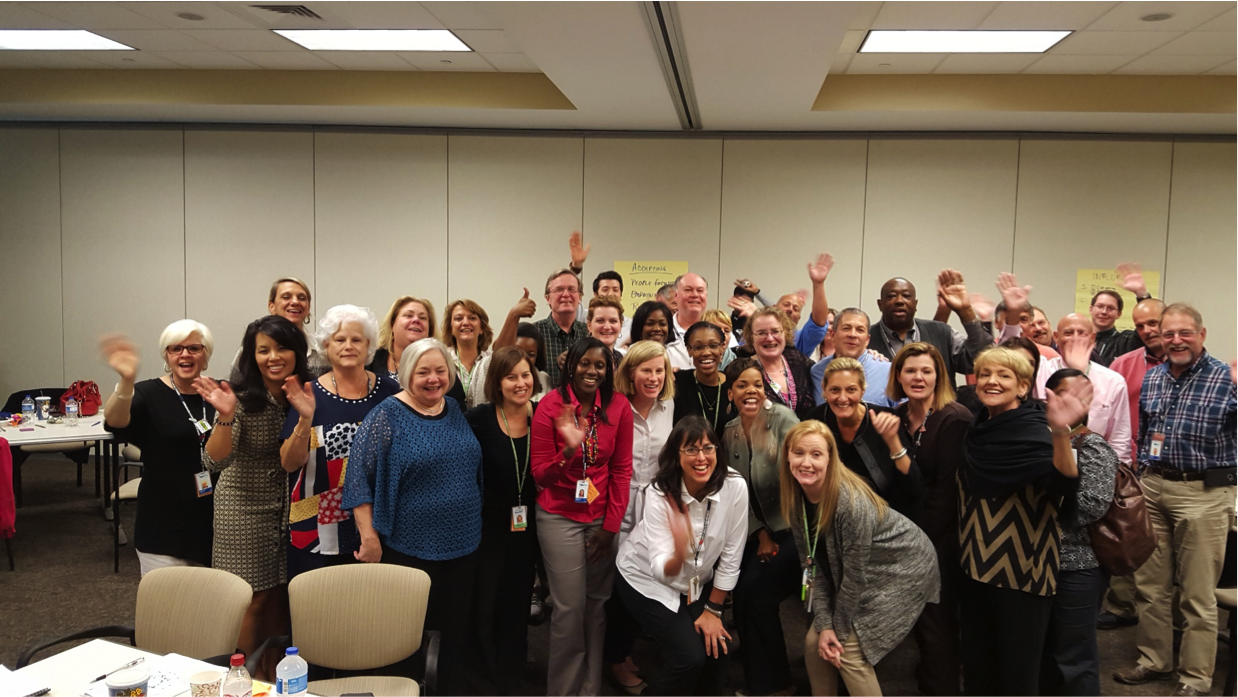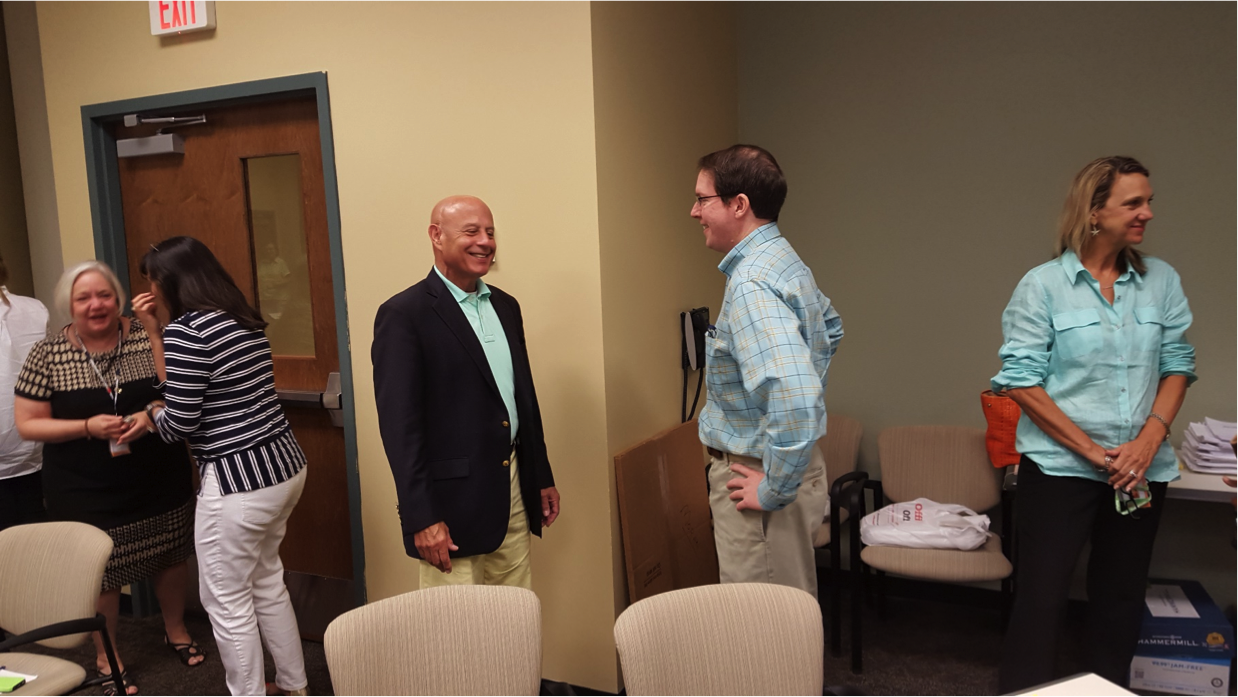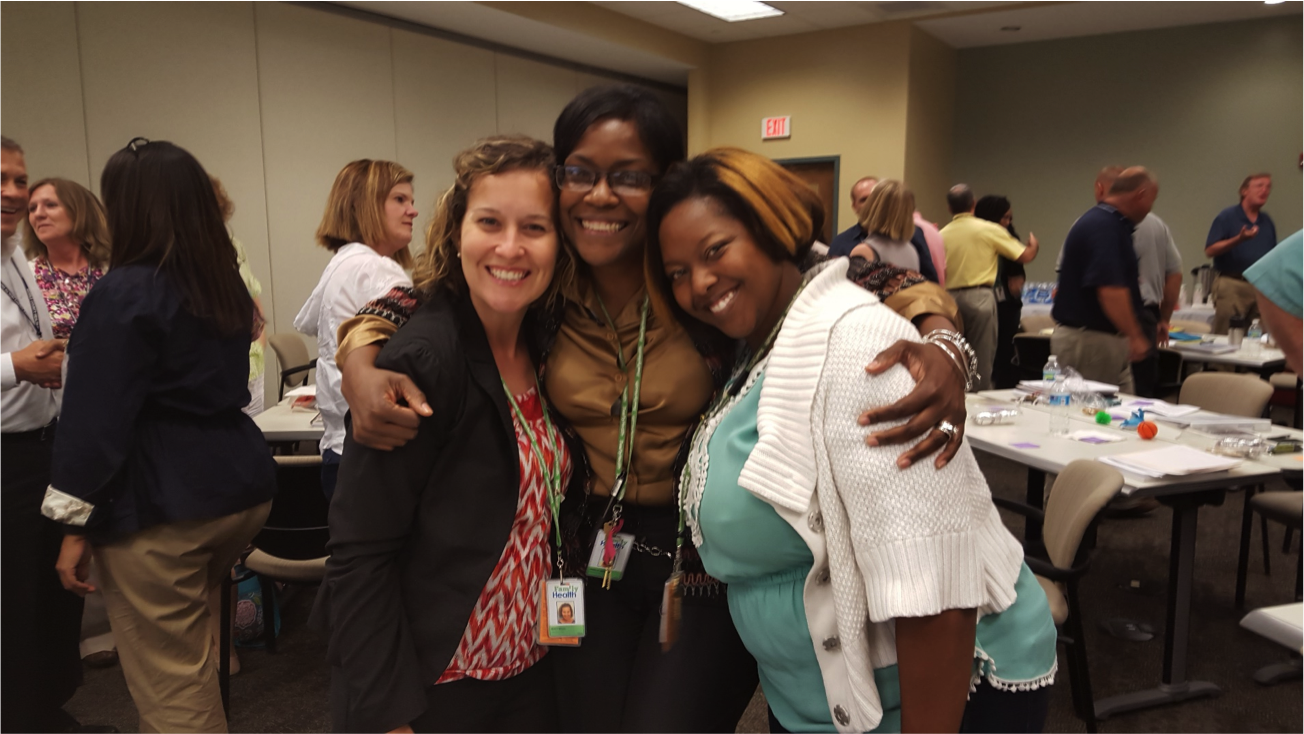Organization: Mobile County Health Department, Family Oriented Primary Health Care Clinic, Inc. | Mobile, AL | Community Health Center Program – 330, Residents of Public Housing – 330(i), and Migrant and Seasonal Agricultural Worker – 330(g)
Contact:
- Susan Stiegler, RN, BSN, MPH, Assistant Health Officer and Executive Director | http://familyhealthalabama.org and http://mchd.org
- Bob Moran, President, Moran Consulting | http://www.moraninc.com
Why is Customer Service Important?
As health insurance coverage increases, healthcare consumers are being asked to make more choices, including where to seek care. In order to compete in the current environment, healthcare organizations need to prioritize providing excellent customer service. In addition, good customer service relies on the efforts of all staff. Health centers must strive to become not only the provider of choice, but the employer of choice as well. Health Outreach Partners (HOP) defines customer service in a healthcare setting as “A patient-centered approach to care that relies on the organization’s and the team’s ability to inspire trust and develop lasting connections that will encourage individuals and families to establish medical homes.” Furthermore, providing good customer service extends the relationships and trust that community health outreach programs establish within a community through the entire pathway to care. HOP focuses on customer service, because good customer service supports a core goal of outreach programs: empowering underserved and vulnerable population in accessing quality healthcare.
The Mobile County Health Department (MCHD) in Mobile, Alabama, offers a variety of healthcare services, including disease control, emergency preparedness, and tobacco prevention. Through a partnership with the Family Oriented Primary Health Care Governing Council, MCHD also runs Federally Qualified Health Centers (FQHC) throughout the county.

MCHD is a large organization with over 40 different departments and 500 employees. The organization regularly monitors customer service through client and patient surveys, employee surveys, and comment cards, but after seeing minimal progress over time, MCHD adopted an agency-wide initiative to improve their customer service practices. They hired Moran Consulting, an organization and development firm specializing in enhancing customer service cultures, to work with their health center and all of the departments housed within the agency.
To begin, Moran Consulting interviewed and surveyed MCHD executives, management, and staff to gain an understanding of the current state of customer service at the agency. Through these interviews, they found that customer service expectations varied greatly across different departments. In response, the following initiatives were implemented:
1. Staff and Leadership Training: An agency-wide training was provided for staff and management to create a unified understanding of customer service and to establish a standard for service excellence. In addition, a special training was provided to leadership staff around how to develop and maintain a customer service culture.
2. Performance Improvement Teams: Several Performance Improvement Teams were created to examine and develop solutions to some of the major issues identified by staff. Teams include the following:
- Access (to care) Team: Looks at how enabling services are provided and offers suggested improvements. For example, the Access Team provided guidance to the central appointment staff on how to better provide information to callers.
- Knowledge Team: Assesses staff knowledge about the different departments and educates staff about the services each department provides. They are also building an electronic directory and wiki page for the entire agency.
- Referral Team: Examines how to build systems for referrals across different departments.
- Service Level Agreement Team: Works to establish Service Level Agreements in order to set expectations around the quality of service provided at each department.
- Leadership Team: Meets on a regular basis to oversee the customer service initiative.
3. Department Performance Measures: Department managers along with their teams identify unique areas to measure and improve within their own departments. For example, MCHD’s Women, Infants, and Children (WIC) department identified each contact point they had with clients and administered a satisfaction survey to learn about the overall experience of that contact point. They also cross-referenced the data with provider caseload, participation, and no-show rates. Based on findings, the department established new goals for each contact point and made adjustments to the client process, such as changing provider case loads and the amount of time allotted to each contact point. Due to these changes, MCHD has seen improvements in WIC client no-show rates and number of patient return visits. MCHD has begun this process for all departments and has built tools to report measures to the organizational leadership on a regular basis.

A year into their initiative, MCHD has received positive responses from staff, leadership, and the community. MCHD reinforces their service standard by incorporating customer service in their daily processes and meeting discussions. In 2016, department heads will provide new monthly mini-modules around service excellence, and all new staff will receive customer service training.
MCHD covers the cost of their customer service initiative through general funds. After customer service was identified as a priority, they created a two-year budget for the initiative. However, the financial investment is only a small portion of the total cost of the project. For organizations considering a change in their customer service culture, MCHD recommends getting buy-in from senior executive staff and department heads in order to complete the training and follow-up needed. MCHD has already begun to see a return on investment for their efforts. They believe that over time, their agency-wide culture of service excellence will continue to minimize employee turnover and decrease no-show rates for all of their programs.

This Innovative Outreach Practice was supported by the Health Resources and Services Administration (HRSA) of the U.S. Department of Health and Human Services (HHS) under grant number U30CS09743, a National Training &Technical Assistance Cooperative Agreement, in the amount of $770,259. This information or content and conclusions are those of the author and should not be construed as the official position or policy of, nor should any endorsements be inferred by HRSA, HHS or the U.S. Government.
